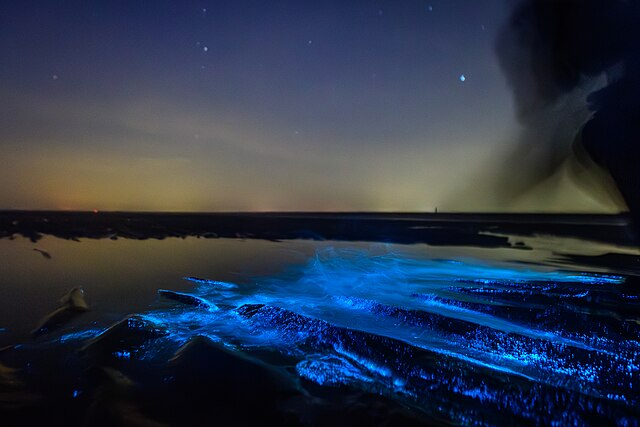This natural wonder occurs when certain microorganisms, like dinoflagellates, emit light in response to movement, creating a mesmerizing glow in the water. Commonly found in tropical and subtropical regions, these beaches can transform into sparkling seas at night, providing a stunning contrast against the darkened sky. In destinations like the Maldives and Sri Lanka, the shimmering blue waters often create a breathtaking spectacle.
A Short Overview
Discover the captivating beauty of bioluminescent beaches in the Maldives and Sri Lanka, where visitors can witness stunning displays of glowing water at night. This phenomenon is primarily caused by bioluminescent plankton, which emit a bright blue-green light when disturbed, creating an otherworldly experience for those fortunate enough to witness it.
Considering Safety and Biology
Swimming in the glowing waters of these destinations is generally safe, as the bioluminescence is not harmful to humans. However, caution is advised due to potential obstacles in the water and the need to preserve the delicate ecosystem that supports these microorganisms, which play a vital role in marine life and carbon dioxide regulation.

Where to See it
The best time to experience the glow typically spans from April to November, with the peak months being September and October when water temperatures are ideal for plankton growth. Notable locations include Vaadhoo Island and Hulhumalé Beach in the Maldives, as well as Kalpitiya and Galle Face Beach in Sri Lanka, where sightings of bioluminescence are increasingly popular. So if you’re considering a vacation in a luxury resort in the Maldives, such as the NH Collection Maldives, you’re in luck!
Plan Ahead
For those looking to plan a visit, working with travel experts can enhance the experience by providing valuable insights and local knowledge. Since the phenomenon isn’t something you can plan out to your liking, you should speak to experts and residents to figure out the best time to visit.










